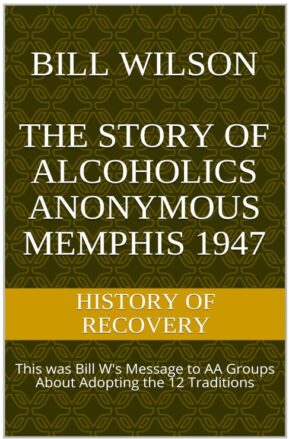 Introduction:
Introduction:
Alcoholics Anonymous (AA) is a global community-based program designed to help people who are struggling with problematic drinking. Since its inception in 1935, AA has helped countless individuals overcome alcohol addiction and lead healthier, more fulfilling lives. This listicle will delve into the top ten aspects of Alcoholics Anonymous, providing a comprehensive understanding of this life-changing organization.
1. What is Alcoholics Anonymous?
Alcoholics Anonymous is an international fellowship of men and women who have had a drinking problem. It is nonprofessional, self-supporting, multiracial, apolitical, and available almost everywhere. There are no age or education requirements. Membership is open to anyone who wants to do something about their drinking problem.
2. The History of Alcoholics Anonymous:
AA was founded in 1935 by Bill Wilson and Dr. Bob Smith in Akron, Ohio. Both men were struggling with alcoholism and found that by supporting each other, they could maintain sobriety. They developed the Twelve Steps program as a method for recovery from alcoholism.
3. The Twelve Steps:
The Twelve Steps are a set of guiding principles outlining a course of action for recovery from addiction, compulsion, or other behavioral problems. They include admitting powerlessness over alcohol— that life has become unmanageable; believing that a Power greater than oneself could restore sanity; making a decision to turn our will and our lives over to the care of God as we understood Him; making a searching and fearless moral inventory of oneself; admitting to God, to ourselves, and to another human being the exact nature of our wrongs; being ready for God to remove all these defects of character; humbly asking Him to remove our shortcomings.
4. Meetings:
AA meetings are gatherings where members share their experiences with each other in order to solve their common problem and help others recover from alcoholism. There are two types: open meetings, which are open to anyone interested in AA, and closed meetings, which are for AA members only or for those who have a drinking problem and “have a desire to stop drinking.”
5. Anonymity:
Anonymity is the spiritual foundation of all AA traditions. It reminds members to place principles before personalities. The public media is asked to respect the anonymity of all AA members when reporting on AA.
6. Sponsorship:
In AA, a sponsor is someone who has been in the program for a while and can guide newer members through the steps of recovery. The sponsor shares their experience with the Twelve Steps and offers support during difficult times.
7. Literature:
AA has a variety of literature available to help members understand the nature of alcoholism and the AA program. The most well-known book is “Alcoholics Anonymous,” also known as “The Big Book,” which outlines the Twelve Step program.
8. No Dues or Fees:
AA has no dues or fees for membership; it is self-supporting through member contributions. However, new members need not contribute until they feel that they can.
9. Non-Affiliation:
While AA is a spiritual program, it does not affiliate with any religious organizations or institutions. It also does not engage in any controversy; neither endorses nor opposes any causes.
10. Success Rates:
While it’s difficult to measure success rates due to anonymity and self-reporting, many studies suggest that people who attend AA meetings regularly are more likely to stay sober than those who don’t.
Conclusion:
Alcoholics Anonymous provides an effective framework for individuals seeking recovery from alcohol addiction. Its emphasis on mutual support, personal responsibility, spiritual growth, and continuous sobriety has proven transformative for millions worldwide. While it may not be suitable for everyone’s recovery journey, its longevity and global presence attest to its effectiveness in helping people reclaim their lives from alcoholism.